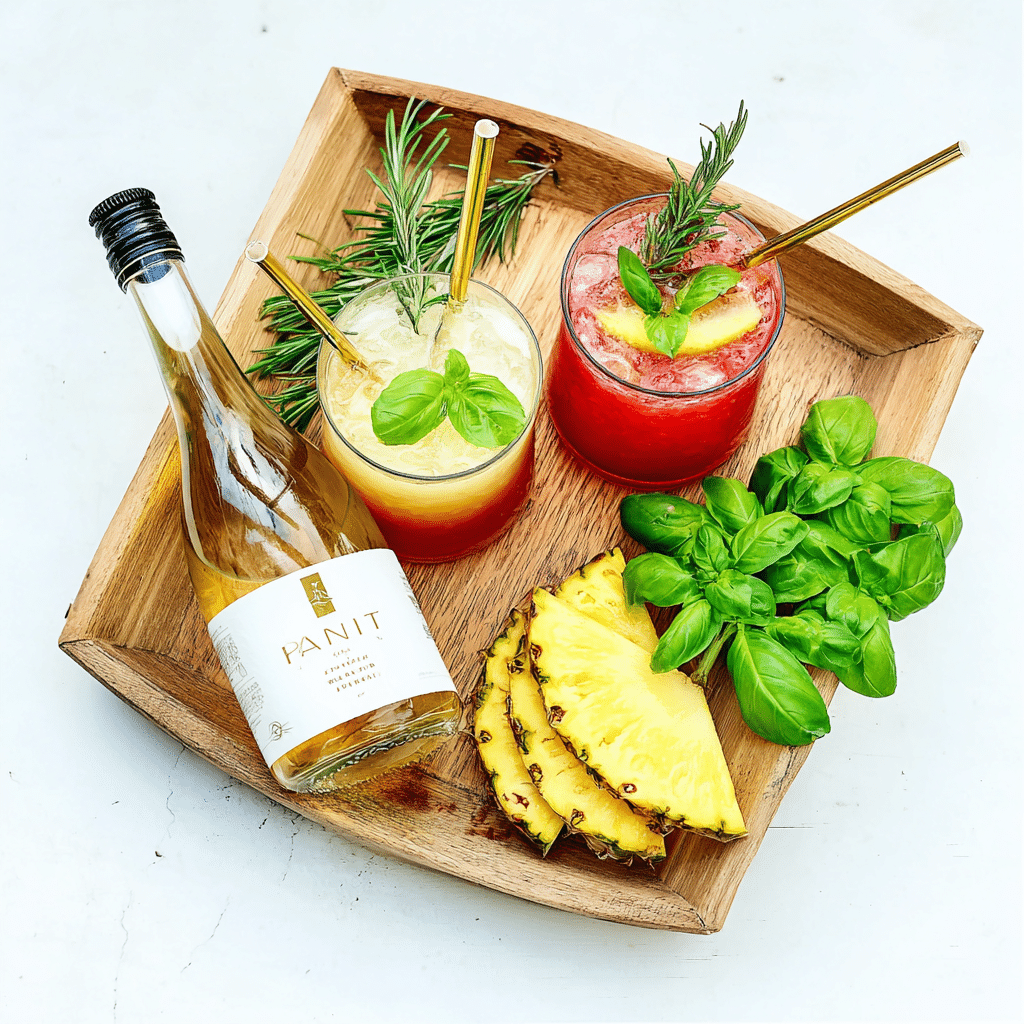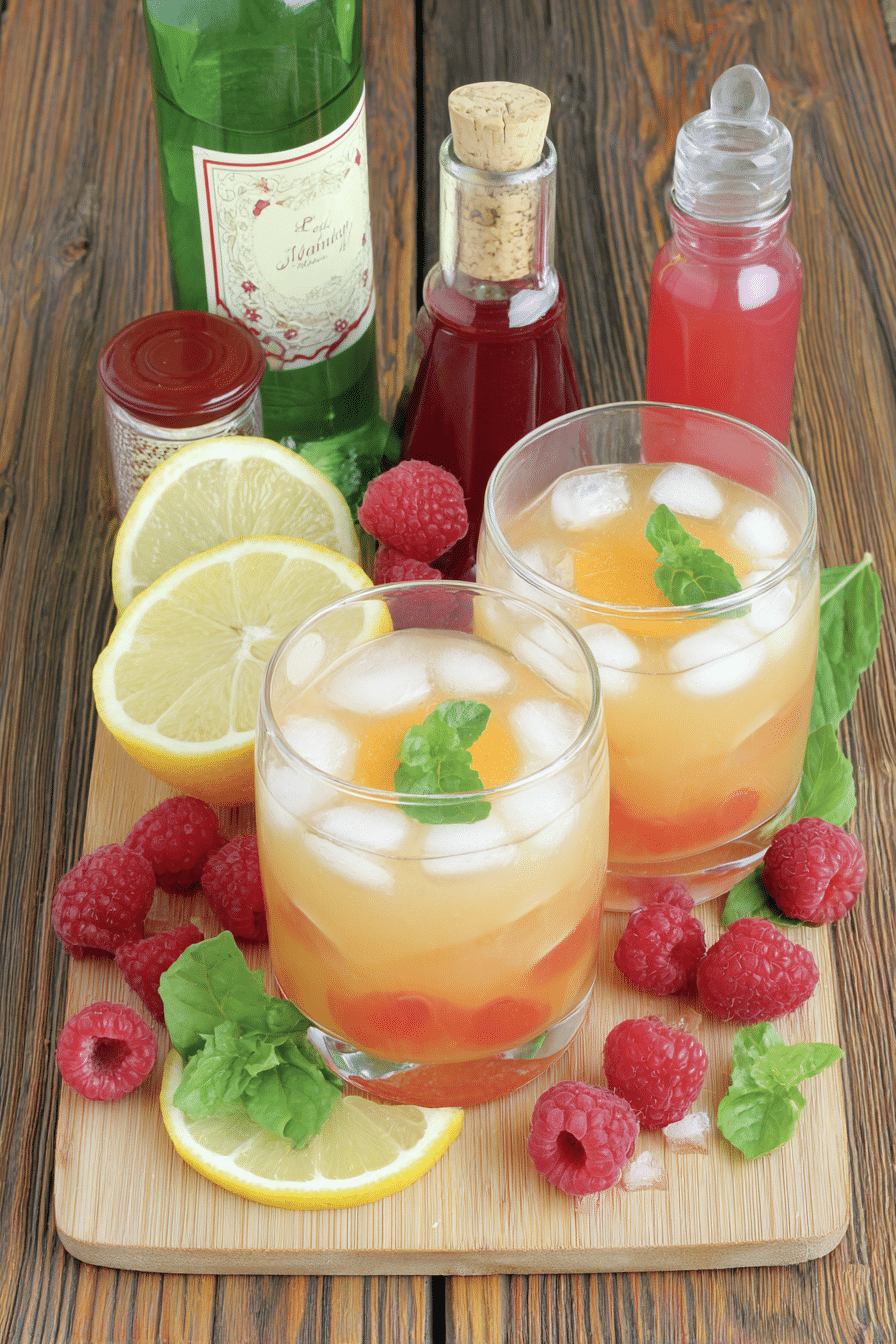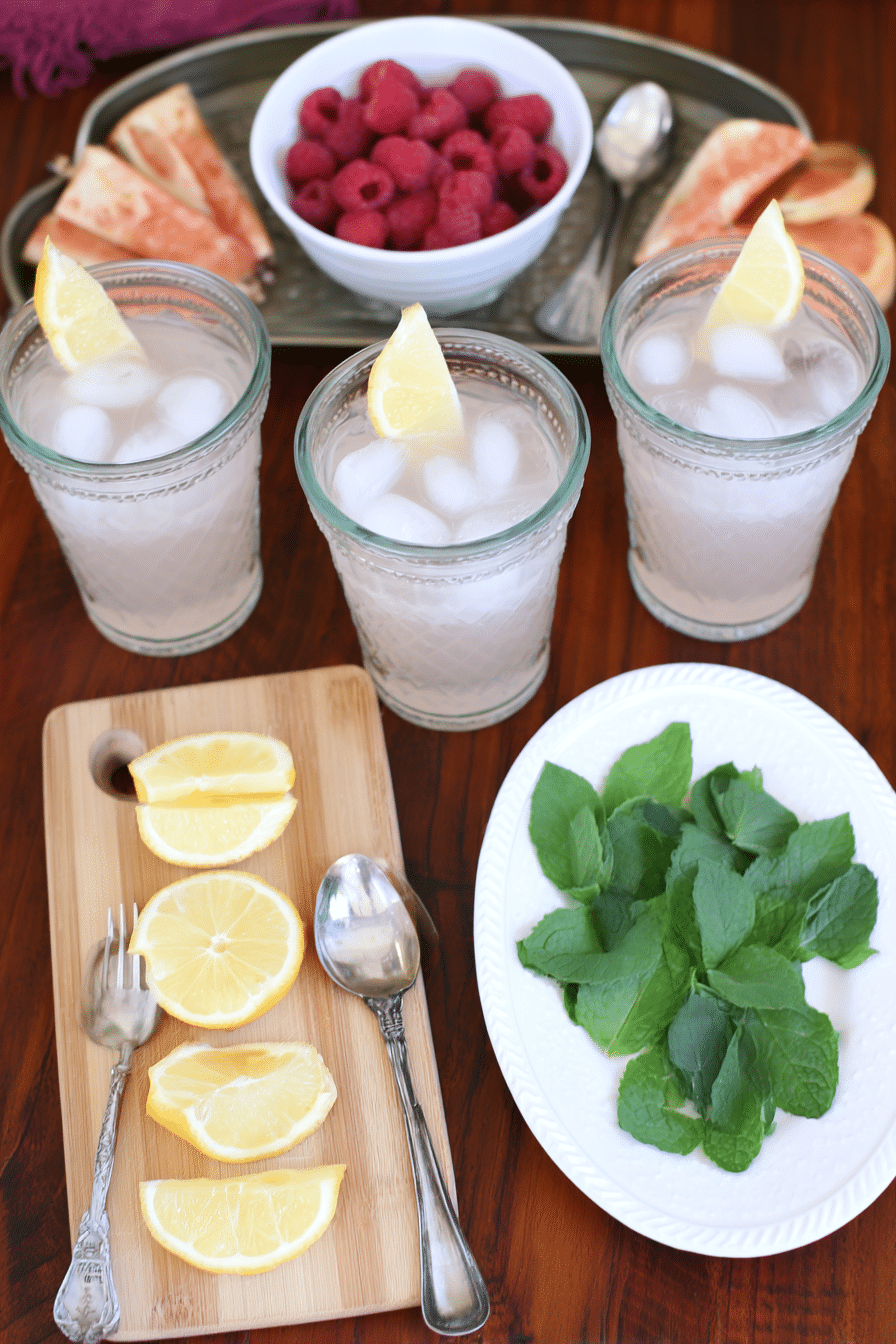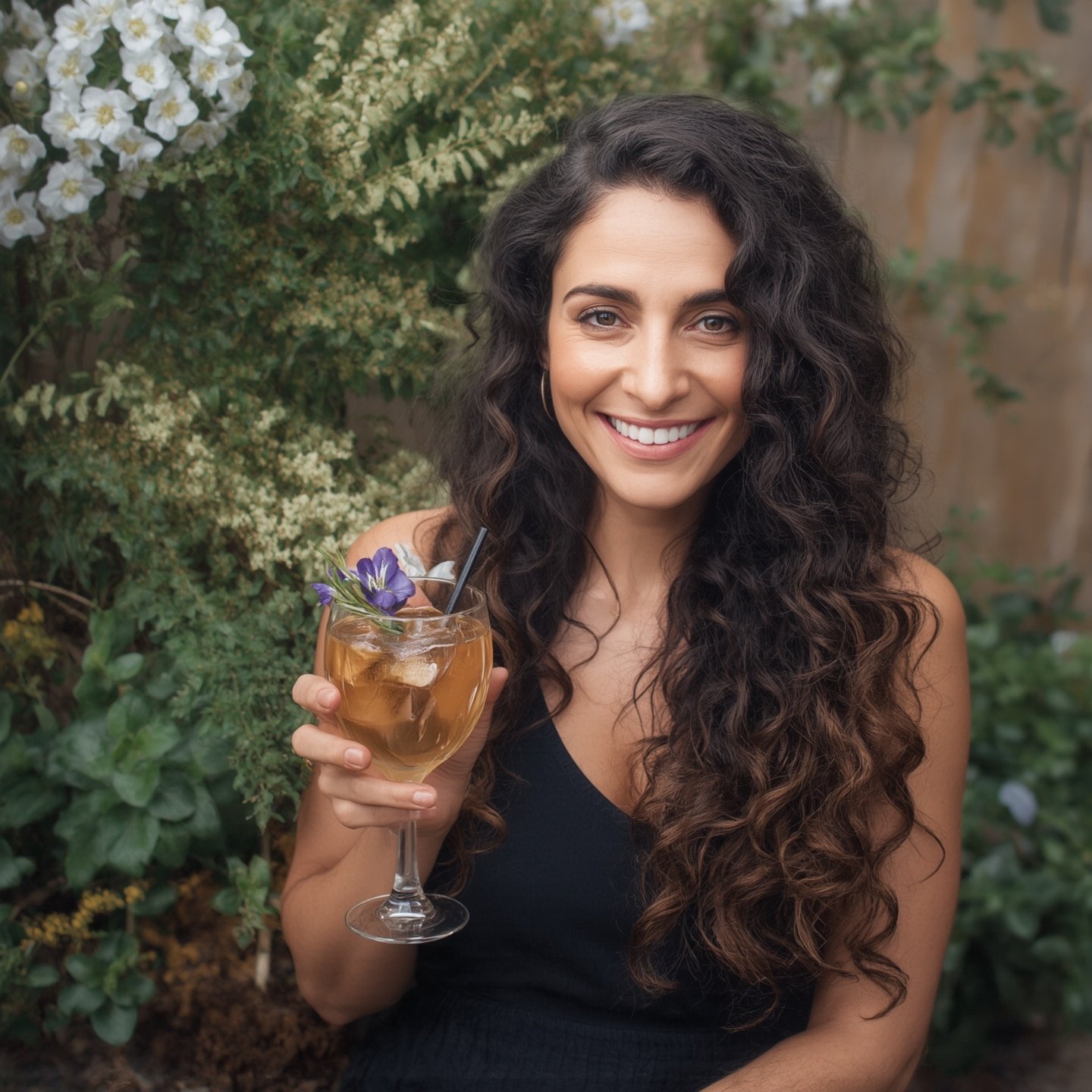Tropical mocktails are more than fruity and fun—they’re a vibrant expression of balance. The right sweetener can make or break your drink, especially when bold flavors like pineapple, coconut, mango, or lime are involved. Whether you’re mixing for a summer party, a baby shower, or just a Tuesday afternoon sip, finding the right sweeteners for tropical mocktails ensures every glass feels like a mini-vacation.
In this guide, you’ll learn why sweeteners matter, the best ones to use (including sugar-free options), and how to match them to popular tropical mocktail recipes. We’ll also answer your top FAQs—because flavor and balance shouldn’t be a mystery. Let’s start where it all begins: the flavor foundation.
Table of Contents
Why Sweeteners Matter in Tropical Mocktails
The flavor foundation: Why balance is everything
Tropical fruits like pineapple, orange, and mango are naturally tangy and juicy, but not always sweet enough to balance strong citrus or tart notes. A great tropical mocktail isn’t just sweet—it’s layered. Sweeteners act as a bridge between acidity and body, giving your drink that craveable, well-rounded flavor.
Take a look at any classic non-alcoholic tropical recipe—like this tropical punch mocktail or a bright pineapple and orange juice blend—and you’ll notice something: sweeteners are rarely left out. Whether it’s simple syrup, agave, or even muddled fruit, they tie the whole drink together.
In fact, most of the time when a mocktail tastes “off,” it’s either over-sweetened with syrupy concentrates or missing that soft sweetness to mellow the citrus or spice. The goal isn’t just sweetness—it’s harmony.
From bland to bold: A personal story from my first pineapple-coconut test
I’ll never forget my first time making a pineapple-coconut mocktail at home. I used fresh juice, coconut milk, and lime. It looked beautiful—but tasted… flat. Not awful, just empty. The lime took over, the coconut faded, and the pineapple felt sharp.
That’s when I stirred in just a touch of coconut nectar. Suddenly, it bloomed. The coconut came forward, the lime softened, and the pineapple tasted juicy instead of sour. That was my first big lesson: sweeteners for tropical mocktails aren’t about adding sugar—they’re about unlocking flavor.
Now, anytime I’m mixing up something like a mango colada mocktail or a bahama mama mocktail, I think of that moment. A good mocktail should taste like something you’d find on a tropical island—not something rushed from a soda can.
Using real ingredients, including natural sweeteners, gives tropical drinks life. And when you’re using fresh juices, like in this hydrating tropical mocktail, a little sweetness goes a long way.
Best Sweeteners to Use in Tropical Mocktails
Natural choices: Honey, agave, maple syrup, and coconut nectar
When you’re building a tropical mocktail, especially with bold ingredients like lime juice or passion fruit, not just any sweetener will do. Natural options not only add sweetness but also contribute texture, aroma, and depth.
Honey is floral and thick, pairing beautifully with ginger and citrus. It’s a classic choice in drinks like the basil mojito mocktail where you want to enhance herbaceous notes without overpowering delicate ingredients.
Agave syrup, on the other hand, is neutral and light. It blends instantly, making it ideal for cold drinks like a virgin mango margarita. Plus, it’s slightly lower on the glycemic index than cane sugar.
Maple syrup might seem unexpected in a tropical drink, but its rich, earthy sweetness works wonders in mocktails with roasted or deeper fruit flavors—think roasted pineapple or guava.
Then there’s coconut nectar—possibly the most underrated syrup for tropical sips. It’s naturally low-glycemic and carries a mild, molasses-like note that brings harmony to drinks with citrus or bitter elements. Try adding it to your sunrise mocktail and taste the difference.
You can also make your own fruit syrups from tropical ingredients like guava, mango, or lychee. Just reduce fruit purée with a touch of sweetener and lemon juice. This gives you a fresher, brighter alternative to commercial syrups.
Fruity sugars: Pineapple juice, mango purée & tropical reductions
Sometimes, your sweetener is the fruit. Pineapple juice and mango purée aren’t just flavor components—they also act as gentle sweeteners when used in the right ratio.
For example, the tropical mocktail ingredients post includes pineapple, mango, and citrus—a mix that requires little added sugar if your fruit is ripe. The natural sugars help balance sour lime or bitter botanicals (especially in complex recipes like this non-alcoholic negroni).
To take it a step further, you can reduce fruit juices on the stove to concentrate their sweetness and flavor. A reduced passion fruit syrup or guava nectar adds body and shine to mocktails that rely on simple juice combinations, like a purple rain mocktail or coconut mojito.
Pro tip: always taste your fruit first. If your pineapple is super sweet, you might not need anything else. But if it’s slightly tart, adding a drizzle of honey or coconut syrup will round it out without turning your drink into a sugar bomb.
When you’re working with layered drinks like the tropical sunrise mocktail, using fruit-based sweeteners not only enhances flavor but also keeps the drink vibrant, real, and clean.
Sugar-Free & Low-Glycemic Options for Wellness Mocktails
Best choices for health-conscious sippers: Stevia, erythritol, monk fruit
For those cutting sugar or watching blood sugar levels, tropical mocktails don’t have to be off the menu. There are excellent sugar-free sweeteners that deliver sweetness without the crash.
Stevia is one of the most popular options. Extracted from the stevia plant, it’s up to 300 times sweeter than sugar, so you’ll only need a few drops. It pairs nicely with citrus-heavy mocktails like this orange mocktail recipe, though it can sometimes have a slight licorice aftertaste—so use sparingly.
Erythritol is a sugar alcohol that behaves much like traditional sugar but has almost no calories. It blends well in chilled drinks, making it a great choice for recipes like the cucumber basil mocktail, where a light, crisp flavor is the goal.
Monk fruit sweetener, made from dried monk fruit extract, is one of my go-tos. It’s fruity, subtle, and doesn’t spike blood sugar. When paired with tropical juices, like in this healthy low-sugar tropical mocktail, it helps balance acidity without overpowering delicate flavors.
Want a deep dive into even more options? The full sugar-free mocktails guide covers how to work with zero-calorie sweeteners for various mocktail themes, including tropical, herbal, and even creamy dessert-style drinks.
How to balance flavors without traditional sugar
The key to sugar-free success isn’t just substitution—it’s structure. When you remove sugar, you’re not just losing sweetness—you’re losing viscosity, roundness, and sometimes the mouthfeel that holds a drink together.
One solution? Pair your sweetener with texture-enhancing ingredients like chia water, aloe juice, or a splash of coconut cream. These add body and richness, allowing sugar-free recipes to shine. Try it in a mocktail like the blushing berry mocktail or even a virgin Mai Tai using stevia and fruit purée.
Also, when cutting sugar, don’t forget your acids. Lime, lemon, and even vinegar can add sharpness that makes the sweetness you do add feel more prominent. A little goes a long way—and can take a sugar-free drink from flat to festive.
Even recipes that traditionally call for syrups—like this blood orange mocktail spritzer—can be adjusted with monk fruit or stevia drops and still taste lively and indulgent.
With the right technique and ingredients, you can absolutely create wellness-forward mocktails that don’t taste like diet drinks—they taste like celebration.
FAQs About Sweeteners & Mocktail Ingredients
How to make a tropical mocktail?
Start with a base of tropical juices like pineapple, mango, or orange, then layer in citrus (lime or lemon), a sweetener of choice, and something fizzy or botanical to top it off. For example, this tropical mocktails guide walks you through pairing ingredients like guava, coconut water, and herbs to build balanced mocktails at home.
What are the ingredients in a tropical cocktail?
Classic tropical cocktails typically include a mix of fruit juices, a sweetener (like simple syrup or grenadine), citrus, and traditionally rum. To turn these into mocktails, just skip the alcohol and replace it with sparkling water, herbal tea, or a bold flavor base like tropical fruit juices. You can also swap syrups with healthier options like coconut nectar or maple syrup.
What ingredients do I need for mocktails?
The core mocktail pantry includes fresh fruit or juices, sweeteners (syrup, honey, or sugar-free options), citrus, herbs (like mint or basil), and sparkling components like soda water or kombucha. For tropical-themed drinks, you’ll want staples like mango purée, pineapple juice, coconut milk, and exotic syrups—some of which are featured in this mocktail recipes collection.
What syrups are used in mocktails?
Mocktails use a wide range of syrups: simple syrup, fruit-infused syrup, honey syrup, and even spice-forward blends like ginger or cinnamon. In tropical mocktails, popular choices include passion fruit syrup, coconut syrup, and hibiscus syrup. For a seasonal twist, try the pistachio cream syrup in a winter-inspired tropical mocktail, or explore alternatives like maple or agave depending on your desired flavor profile.
Conclusion
Sweeteners aren’t just about sugar—they’re the secret to building balance, character, and depth in every tropical mocktail. Whether you’re crafting something fresh for a brunch gathering, a beach-themed party, or just winding down on the porch with a berry bliss mocktail, choosing the right sweetener makes all the difference.
From rich coconut nectar to subtle monk fruit drops, there’s a match for every flavor profile and lifestyle need. The more you experiment with textures and pairings, the more your mocktails will start tasting like your own signature creations—full of personality and joy.
So the next time you stir up a bahama mama or a tropical sunrise, remember: sweetness isn’t just a flavor—it’s a feeling.




